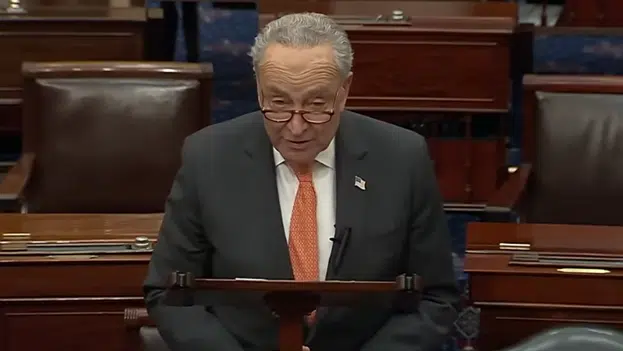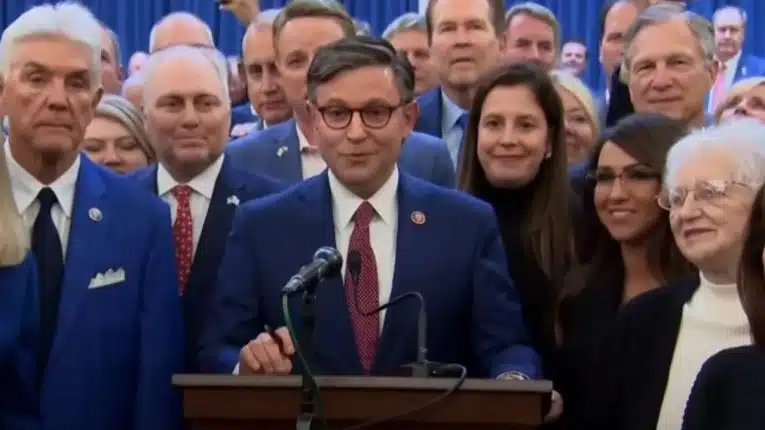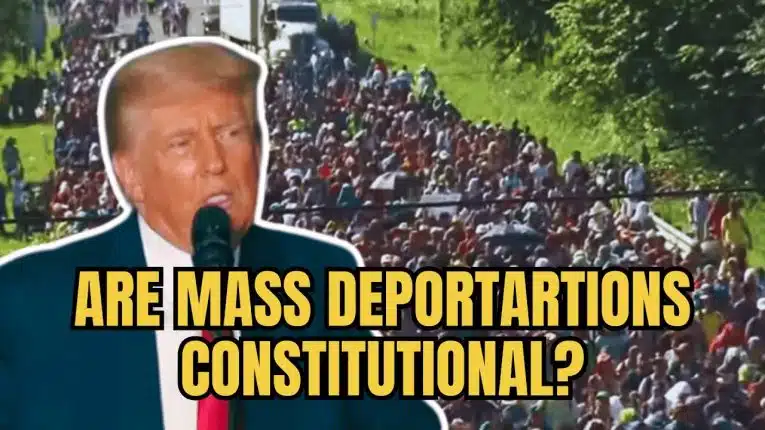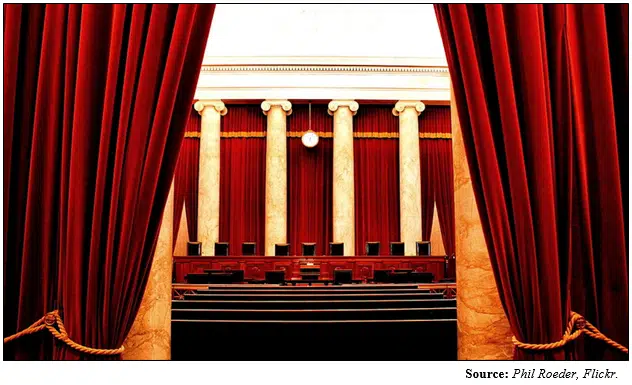Earlier this year, President Donald Trump put his whole presidency on the line to slow down the Chinese coronavirus and save as many lives as possible — restricting travel from the hot spots in China and Europe, building up the nation’s testing capacity, producing the ventilators we needed, deploying the military to expand hospital resources, and expediting production of vaccines and treatments.
The first case arrived in the U.S. on Jan. 15 in Washington state, but was not identified until Jan. 20, three days after the second reported death in Wuhan on Jan. 17.
Jan. 20, was also the day when China finally confirmed human-to-human transmission, more than a month after the outbreak began.
The high death rates that are now common knowledge were not yet realized, yet on Jan. 24, China would lock down Wuhan and the surrounding region while still allowing international air travel out of the region. Then on Jan. 25, Li Wenliang, the first doctor to treat the virus who tried to warn the world about it died in China — raising awareness of the lethality of the virus and demonstrating China was covering it up.
On Jan. 28, Hong Kong closed its border with China. On Jan. 29 the New England Journal of Medicine reported the virus was likely in Wuhan since at least mid-December. Airlines were already suspending flights to China.
And President Trump was acting decisively.
On Jan. 29, the President appointed the White House coronavirus task force. The State Department evacuated U.S. citizens from Wuhan. On Jan. 31, he suspended all travel from China, and Health and Human Services Secretary Alex Azar declared a public health emergency, with any U.S. citizen returning from China was subjected to a mandatory quarantine.
At that point only a few hundred people had died in China based on public reports, although now in hindsight, the numbers must have been much, much higher. It was not until Feb. 11 that the worldwide death toll would surpass 1,000. Italy would not report its first death until Feb. 21 as Iran and South Korea starting seeing an uptick in cases.
On Feb. 26, Vice President Mike Pence was named the head of the task force.
By Feb. 29, Washington state declared a state of emergency when the U.S. reported its first death in there, and the nursing home outbreak at Life Care Center of Kirkland began. Travel from Iran was suspended. The next two weeks saw states declaring states of emergency as cases began popping up elsewhere.
On March 11, President Trump suspended travel from Europe. And then on March 13, President Trump had declared a national emergency and joined the coronavirus task force press briefing to present the administration’s public-private partnership for drive-thru testing for the virus. The emergency declaration expedited lifting Food and Drug Administration (FDA) restrictions to approve treatments for the virus and to begin producing a vaccine.
By then, President Trump was fully in command of the issue, calming public fears. States followed in with cancelling schools and stay at home orders coming thereafter.
Now, 105.9 million tests have been conducted at a clip of about 1 million per day now and rising, according national data compiled by Covidtracking.com. Test positivity is currently at about 5 percent, way down from its April peak of over 20 percent and August at 8 percent, according to John Hopkins University & Medicine.
On March 27, the President signed the $2.2 trillion CARES Act, extending unemployment benefits, shoring up 5 million small businesses supporting 50 million jobs, supporting critical industries including airlines, sending checks to taxpayers, replenish national stockpiles, prepare schools for reopening, providing a lifeline to state and local governments and ramping up hospital resources.
By April, 25 million jobs would be lost according to the Bureau of Labor Statistics’ household survey, but with President Trump’s leadership on the CARES Act, the U.S. to begin one of the most rapid recoveries in economic history.
As coronavirus cases subsided, 14.1 million jobs have already been recovered through September since labor markets bottomed.
On March 18, on March 27, and again on April 2, the U.S. ramped up production of ventilators as President Trump invoked the Defense Production Act in time such that everybody who needed a ventilator suffering from COVID-19 got one. This addressed a shortfall that a 2015 paper published in Clinical Infectious Diseases predicted the potential supply shortage in the event of an influenza pandemic. In 2020, the U.S. under President Trump’s leadership acted with time to spare and is now exporting ventilators to countries that need them.
On April 8, responding to requests from governors and mayors, the Army Corps of Engineers began building field hospitals in states that were experiencing an uptick in cases. The U.S.N.S. Comfort and the U.S.N.S. Mercy were deployed to New York and Los Angeles, respectively.
On May 15, President Trump announced Operation Warp Speed was announced as a public-private partnership between the Departments of Health and Human Services, Defense, the Centers for Disease Control and pharmaceutical companies to produce, test, manufacture ahead of time tens of millions of doses and immediately distribute a coronavirus vaccine to the American people as soon as one is approved.
So far, there are six candidates already in production, four of which are in phase three clinical trials, with hopes expressed by Dr. Anthony Fauci that one could be approved by 2021, if not sooner.
On Aug. 6, President Trump issued an additional executive order on “Ensuring Essential Medicines, Medical Countermeasures, and Critical Inputs Are Made in the United States.” The order makes it the policy of the U.S. to “accelerate the development of cost-effective and efficient domestic production of Essential Medicines and Medical Countermeasures and have adequate redundancy built into the domestic supply chain…”
All together, the progress that has been made in less than a year is incredible—and President Trump has been the driving force to protect the lives of the American people.
Now, the President and First Lady Melania Trump face their biggest challenge yet after testing positive for COVID-19 on Oct. 1. The President has been admitted to Walter Reed Hospital.
White House Press Secretary Kayleigh McEnany said, “Out of an abundance of caution, and at the recommendation of his physician and medical experts, the President will be working from the presidential offices at Walter Reed for the next few days. President Trump appreciates the outpouring of support for both he and the First Lady.”
Upon learning of the news, Americans for Limited Government President Rick Manning issued a statement: “Our prayers are with the First Family today for a speedy recovery from the Chinese-originated virus. Prayer works. Today our entire nation, no matter their political affiliation should join together in praying for their rapid recovery. Get well Mr. President and First Lady, get well.”
Early in the pandemic, public health officials and professionals were projecting that as many as 2 million Americans would die if nothing was done. Instead, so far, 196,000 have tragically died. That’s still too many, but without the leadership of President Trump and his administration, it would have been many more.
While the President and First Lady battle the virus, the nation can take comfort and confidence that President Trump acted resolutely — when it mattered the most.
Robert Romano is the Vice President of Public Policy at Americans for Limited Government.
Correction: Four of the six coronavirus vaccines are in stage three human trials, not all six. Also, there were several invocations of the Defense Production Act, including on March 18, on March 27, and again on April 2, not just April 2.







